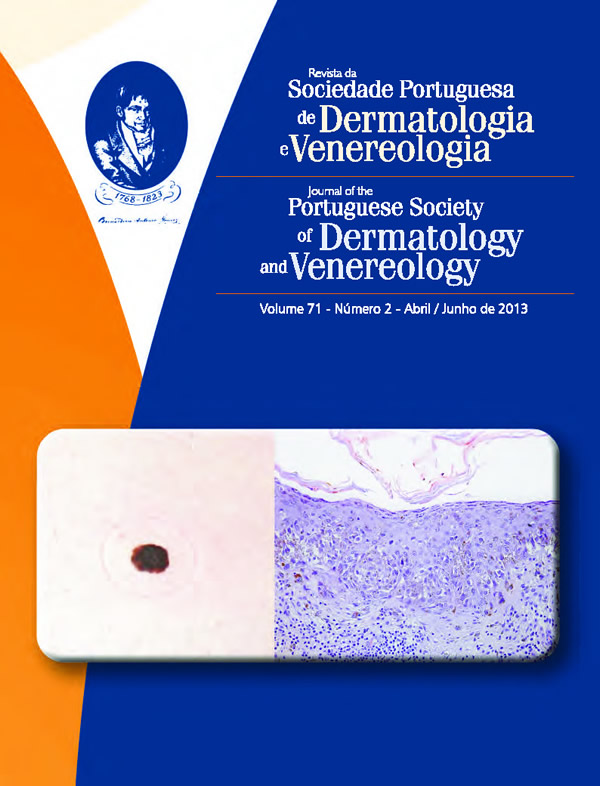RECONSTRUCTIVE METHODS FOR LOWER EYELID DEFECTS IN DERMATOLOGICAL PRACTICE
Abstract
Introduction: Most cases of lower eyelid reconstruction are due to defects resulting from resection of skin malignancies. The principles of eyelid reconstruction have been established, but it remains challenging to achieve good functional and aesthetic reconstruction.
Material and Methods: Knowing the principles of eyelid reconstruction as well as of the basic anatomy is crucial when approaching the repair of eyelid defects. The eyelid may be divided into two lamellae: the anterior lamella includes the skin and the orbicularis muscle while the posterior lamella includes the tarsus and the conjunctiva. Results: For reconstructive purposes the eyelid reconstruction may be divided into two main groups: (1) partial thickness defects with intact margin and (2) full-thickness defects involving the eyelid margin. Surgical closure techniques to reconstruct the anterior lamella include advancement or rotation myocutaneous flaps or full-thickness skin grafts. A graft is necessary to reconstruct the posterior lamella. Both of these lamellae must be replaced in the repair of full-thickness defects in order to restore their function. The algorithms to repair the full-thickness marginal defects are classified into: small (up to 30% of the horizontal dimension of the lid margin), medium (30%-50%), and large (upper than 50%). A small defect can usually be repaired by primary closure. In case of need, the lateral eyelid margin can be mobilized 3 to 5 mm by performing an inferior or superior cantholysis. To repair a moderately sized defect, a skin flap can be performed. For large defects, the surgeon must reconstruct the posterior lamella and rely on a combination of the previously used lower eyelid repair techniques. The authors review the methodology of reconstruction of lower eyelid defects illustrating with clinical cases from their experience.
Conclusion: There are several procedures available to restore the natural eyelid contour. The appropriate reconstructive path depends on the particular clinical scenario. The dermatologic surgeon should be familiar with various reconstructive options for lower eyelid defects selecting the best option for each patient.
Downloads
All articles in this journal are Open Access under the Creative Commons Attribution-NonCommercial 4.0 International License (CC BY-NC 4.0).








